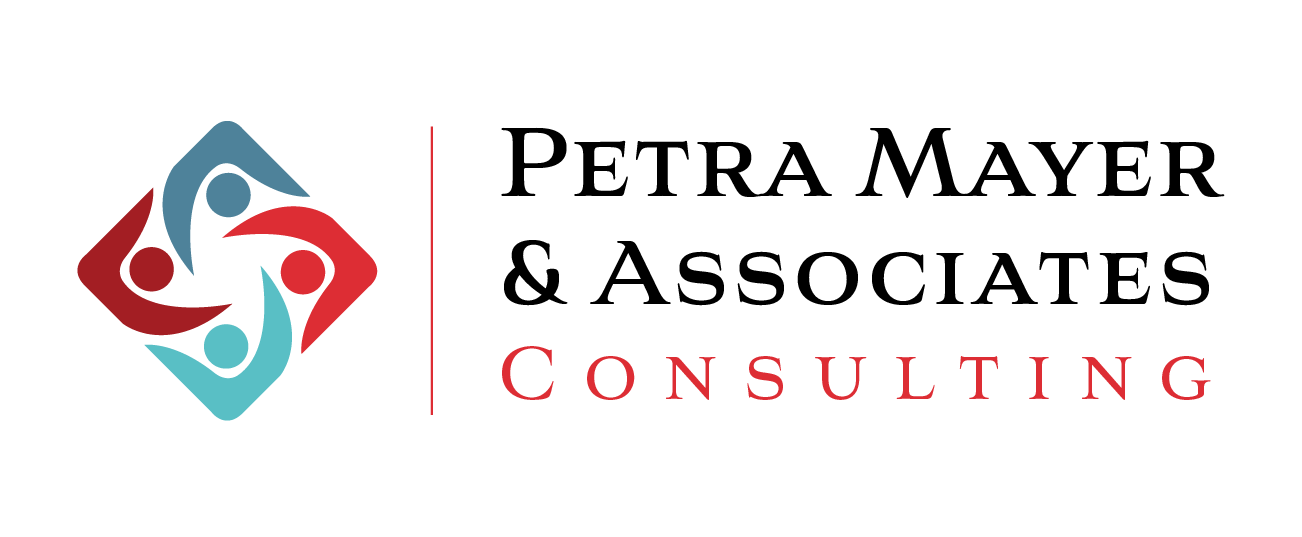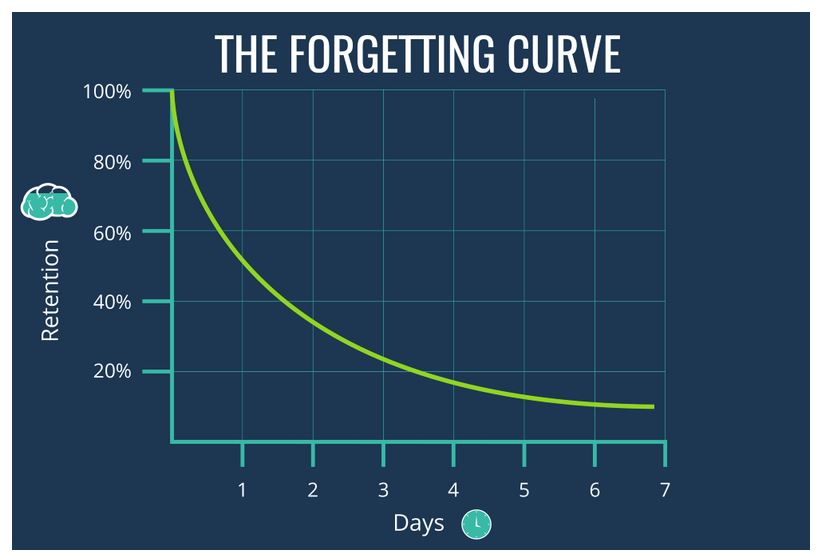The rise of the eLearning gamut has brought several concepts to the forefront. One of these is the Forgetting Curve. So, what is the forgetting curve? Devised by Hermann Ebbinghaus, a German psychologist, it is an influential memory model. The design reveals that any information learnt tends to slip out of memory with time if not retained. For this reason, when enrolling for an online course or training program, one should revisit the information learned sooner rather than later.
The fundamentals behind the concept
Now, forgetting can be stressful when an essential piece of information does not strike you when you need it the most. A classic example is examinations. Another instance is when you are enrolled in online courses for your work. Say you have learnt about new software or tools during a training session. You need to keep at it and practice it regularly.
The book “Make It Stick: The Science of Successful Learning” makes for an excellent guiding force to understand how the brain counters productivity while studying.
The key results from memory
Memory gets jaded and fades over time
Say that you learnt how to use specific function in a software program through an online course. But, after that, you did not attempt to revisit and use these skills. When that happens, you tend to remember less and less as days and weeks pass.
The greatest fall in retention happens just after the learning
Attend a seminar, and see how much you remember just a few hours later. You will not recall most of it, at least not organically! Assuming a passive environment, you are likely to retain only about 20 per cent of the information. The reason is that there is no action after learning!
Things that have meaning get retained for longer
When attending online courses about something that does not interest you, the forgetting curve kicks in with more serious effects! However, had the subject been of interest to you, you would retain it for longer periods. Things that have meaning follow an action. Say practising those software techniques. In such action-based learning environments, you are likely to retain about 75 per cent of the information – as long as you keep using them.
The presentation package
Anything presented in an organized and logical way has a higher retention rate, right? While this is intuitive and self-explanatory, there are three basic modes of communication – oral, written and visual. Albert Mehrabian’s 7-38-55 rule, states that 7% of communication is done through verbal communication and tonality of voice and body language make up 38% and 55% respectively.
In a world where Diversity, Equity and Inclusion are not only buzzwords, consider this in terms of cross-cultural communication!
Feelings matter
Say that if attending an online training course will garner you a promotion, you are likely to be motivated while learning. The positive motivation will translate to higher retention. However, if the program is for dismissing the low-performers, this creates stress. In the latter scenario, the retention rate will be lower.
Breaking free from forgetfulness
One way of tackling and reshaping the forgetting curve is Spaced Learning. In this, learners grasp the material in a stipulated time frame, with a short break upon completion. The student studies the concepts and periodically revisits and reviews them to retain the knowledge. The key to overcoming the forgetting curve is what Ebbinghaus termed as effortful retrieval.
Interested in the forgetting curve?
You might also like:
Learning and Development Glossary

